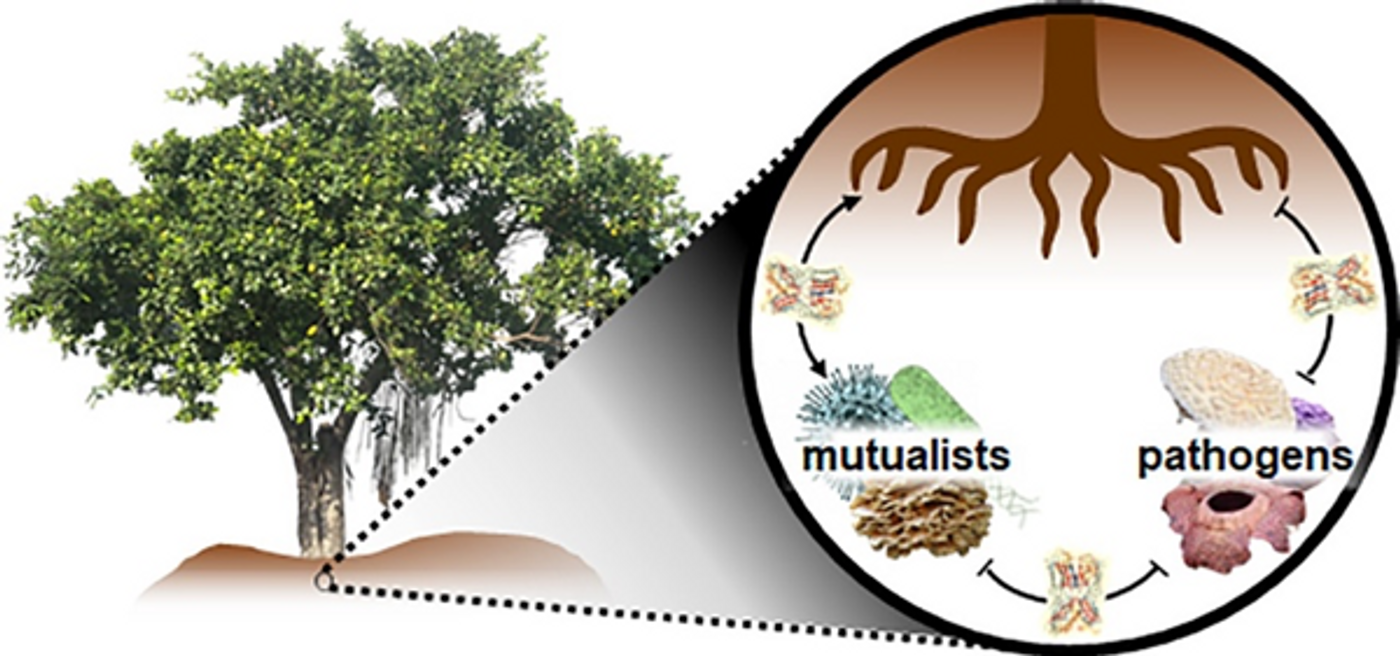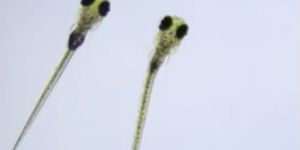Does the rainforest hold the cure to cancer?
Mammalian cells come in many different shapes, sizes, and have very different characteristics based upon their function. The outer surface of cells are covered in glycans. Glycans are molecules made of linked carbohydrates that provide structure, energy storage, and regulatory function for a cell. Irregularities in glycan structure can cause the cell to become cancerous and behave in unusual ways, even evading the immune system. These glycans provide a “wealth of potentially novel targets for therapies” for cancer.
Lectins are a class of molecules that can detect and bind to abnormal glycans. Interestingly, these agents are found within nature and have proven to be extremely potent. In the environment, a lectin found in red-algae has inhibited the activity of HIV, Hepatitis C, coronavirus, and Ebola. Because of the wealth of genomic information available to us now, a novel lectin found within the root specimens found in the tropical rainforest “interacts with and potently inhibits human cancer cell lines.”
Lectins provide many functions for the trees in the tropical rainforest. These functions include defense against pathogens and supporting organisms that benefit their survival (as shown in the figure below).
A group of researchers at Pennsylvania State University discovered a lectin known as ML6 (among many others) within the root specimens from the tropical rainforest that exhibited anti-cancer properties. ML6 has many unique binding domains that can bind to altered glycans on the surface of cancer cells. In a study, it showed binding and toxicity against cancer cell lines, but remarkably inactive towards non-cancerous or “healthy” cell lines. ML6 binding stimulated programmed cell death or apoptosis as well as cell stress pathways. With these results, ML6 represents a promising novel therapeutic target for treating cancer cells.
Source: Lawanprasert, Atip, et al. “Discovery of Antitumor Lectins from Rainforest Tree Root Transcriptomes.” Plos One, vol. 15, no. 2, 25 Feb. 2020, doi:10.1371/journal.pone.0229467.









